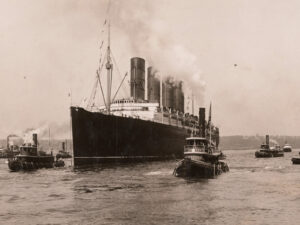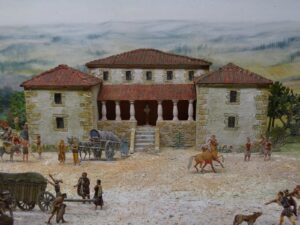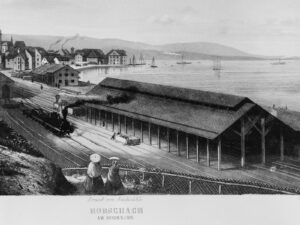
Recycling station buildings
In the early days, the railways were viewed with some scepticism as a new mode of transport. This is reflected in the inexpensive makeshift stations which were only gradually replaced by prestigious buildings, and in turn the practice of station recycling.

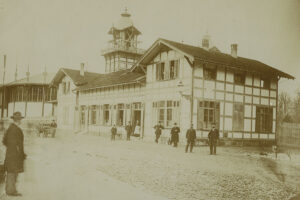
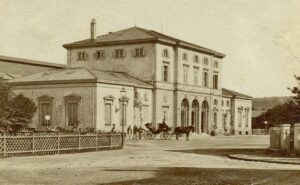
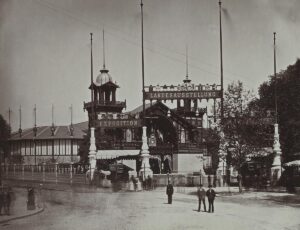
Relocation of a station building in Lugano, August 2022 (in Italian). RSI

